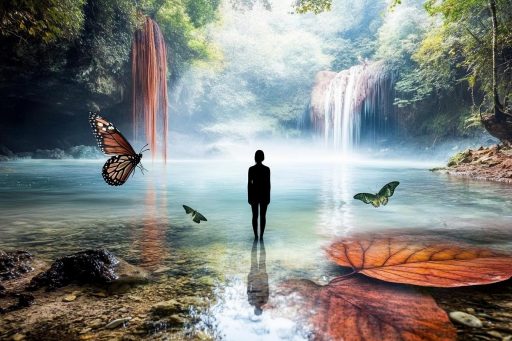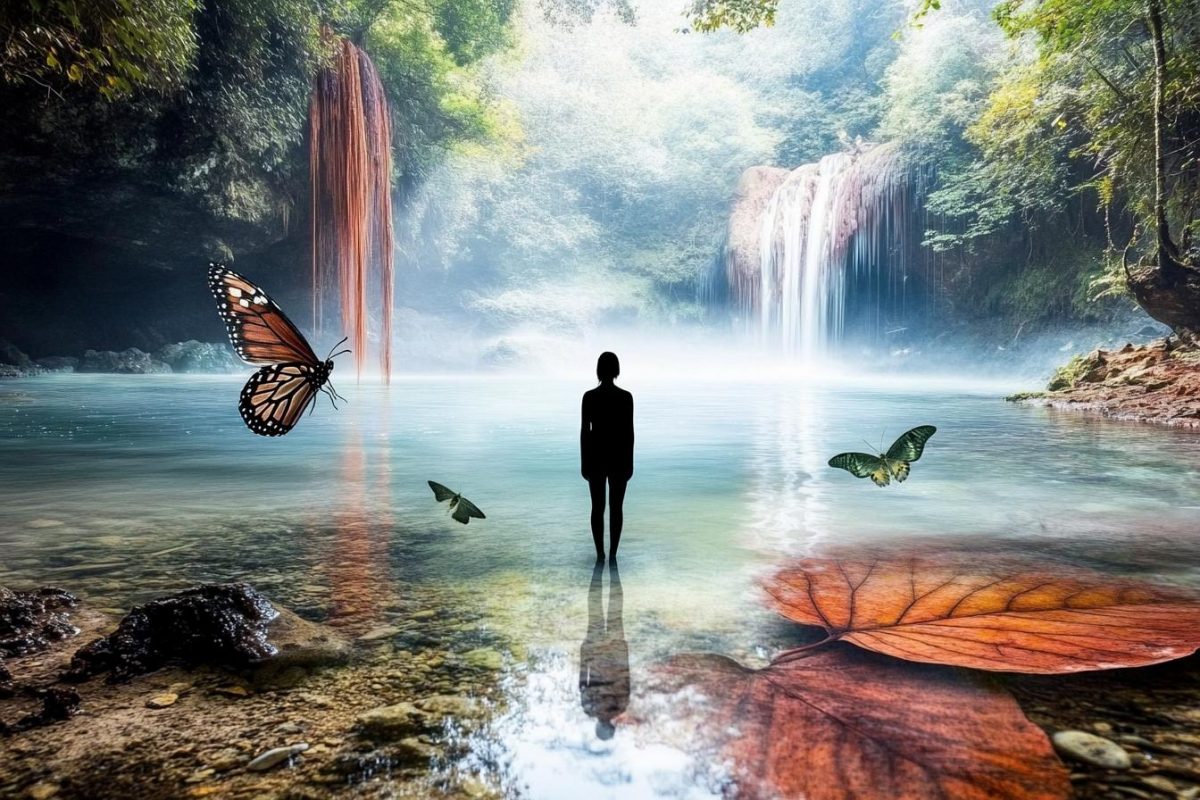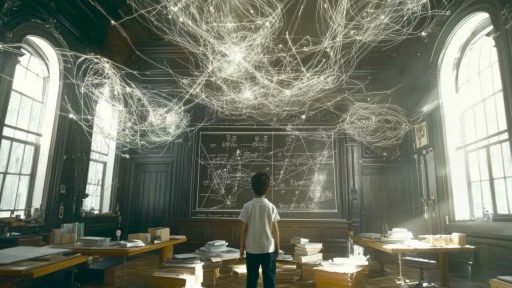
Nature never ceases to surprise us. Just when we think we’ve charted every forest, mapped every ocean, and understood every ecosystem, the Earth throws us a curveball. Strange life forms, impossible landscapes, and baffling phenomena continue to surface, rewriting our understanding of the natural world. These discoveries aren’t just awe-inspiring—they challenge the very limits of what we thought was possible.
The Immortal Jellyfish

Found in the depths of the ocean, Turritopsis dohrnii has the astonishing ability to revert its cells to an earlier stage of life, essentially resetting its biological clock. This tiny jellyfish defies aging, potentially making it biologically immortal. Scientists studying it hope it could unlock secrets to human longevity. Nature may have already cracked the code to eternal youth.
Trees That Communicate Underground

Beneath the forest floor lies a vast network dubbed the “Wood Wide Web,” where trees and fungi share nutrients and information. Using mycorrhizal fungi, trees can warn each other about pests, drought, and disease. It’s a hidden intelligence that proves forests function more like communities than collections of individual trees. This underground network could change the way we protect and manage ecosystems.
Animals That Don’t Need Oxygen

In 2020, scientists discovered a parasite (Henneguya salminicola) that lives its entire life without oxygen. Found in salmon, this microscopic creature lacks the genes for aerobic respiration. Its existence challenges the long-held belief that all multicellular life requires oxygen. It’s a startling reminder that life can thrive in the most unexpected ways.
Boiling River Hidden in the Amazon

Deep in Peru’s Amazon rainforest, a river stretches over four miles where the water boils without a volcanic source. The Shanay-Timpishka reaches temperatures hot enough to kill animals instantly. Local legend once dismissed it as myth, but scientists have confirmed its existence. How this river heats up remains a geological enigma.
Plants That Hunt Like Animals

The Venus flytrap may be famous, but it’s just one of many carnivorous plants that actively trap and digest prey. Some species, like the pitcher plant, lure insects into digestive pools, while others, like sundews, wrap around victims with sticky tendrils. These plants defy the passive stereotype of flora. They’re more predator than prey.
Blood Falls in Antarctica

A stark red waterfall bleeds from the icy white of Antarctica’s Taylor Glacier, staining the snow with an eerie crimson hue. The phenomenon, known as Blood Falls, gets its color from iron-rich water that oxidizes when it meets the air. What’s more astonishing is that the source water hasn’t seen sunlight for millions of years. It’s a glimpse into an isolated ecosystem hidden beneath the ice.
Fungi That Control Animal Behavior

The Ophiocordyceps fungus infects insects like ants, hijacking their brains and guiding them to ideal locations for the fungus to grow. Once the ant reaches the perfect spot, the fungus kills it and sprouts from its body. It’s a real-life mind-control parasite straight out of science fiction. This discovery raises questions about the limits of nature’s influence on consciousness.
A Lake That Turns Animals to Stone

Tanzania’s Lake Natron has such a high pH and salt content that it preserves dead animals in an almost mummified state. Birds that fall into the lake are calcified, appearing as if turned to stone. The lake’s surreal chemistry creates a haunting natural art gallery. It’s both beautiful and unsettling in equal measure.
Plants That Glow in the Dark

Bioluminescent fungi have been found glowing in forests around the world, casting an eerie light from decaying wood and leaves. These glowing plants use chemical reactions similar to fireflies, often for defense or to attract insects that spread spores. Some species glow bright enough to read by. They give the forest a ghostly glow that’s straight out of a fairytale.
A River That Runs in the Sky

Atmospheric rivers are colossal airborne streams of water vapor, capable of carrying more water than the Amazon River. These invisible phenomena can cause extreme weather and flooding when they make landfall. Their discovery has reshaped how meteorologists predict storms. It turns out, some rivers don’t run through land at all.
Worms That Survived in Ice for Millennia

Scientists revived microscopic nematodes found frozen in Siberian permafrost—organisms that had been in suspended animation for tens of thousands of years. Once thawed, they began moving and eating as if no time had passed. This astounding revival challenges everything we thought we knew about the limits of life and death. Could cryogenic preservation be more than science fiction?
Underwater Lakes and Rivers

Beneath the ocean’s surface, strange “brine pools” form dense, salty lakes and rivers that don’t mix with the surrounding seawater. These alien-looking bodies of water even have their own shores and waves. They’re toxic to most sea life, but host unique ecosystems adapted to extreme conditions. It’s like finding lakes on the ocean floor.
The Everlasting Storm of Venezuela

Over Lake Maracaibo, a lightning storm has raged nearly nonstop for centuries. Known as the Catatumbo Lightning, it produces more than a million lightning strikes a year. Scientists believe it’s caused by unique geography and weather patterns—but no other place on Earth sees anything like it. Nature has created a perpetual electrical symphony.
A Forest That Grows in Saltwater

The Sundarbans mangrove forest stretches across the coasts of India and Bangladesh, thriving in salty tidal waters where most plants would perish. These trees filter out salt and survive constant flooding, creating one of the most resilient ecosystems on the planet. It’s also home to the elusive Bengal tiger. Life here doesn’t just survive—it adapts in extraordinary ways.
The Butterfly That Mimics Dead Leaves

The Indian leafwing butterfly folds its wings to reveal an uncanny resemblance to a dried, curled leaf. From veins to discoloration, the mimicry is so detailed it can fool even the keenest predators. This illusion is not just survival—it’s nature’s artistry at its finest. It proves evolution can be both practical and beautiful.
What Else Is Nature Hiding?

The natural world is far more complex and surreal than we often give it credit for. These discoveries shatter the illusion that we’ve already figured it all out—they’re vivid reminders of how little we truly know. From the depths of the ocean to the frozen wilderness and glowing forests, nature keeps its secrets well. The more we explore, the more we realize the Earth is full of surprises waiting to be uncovered.





